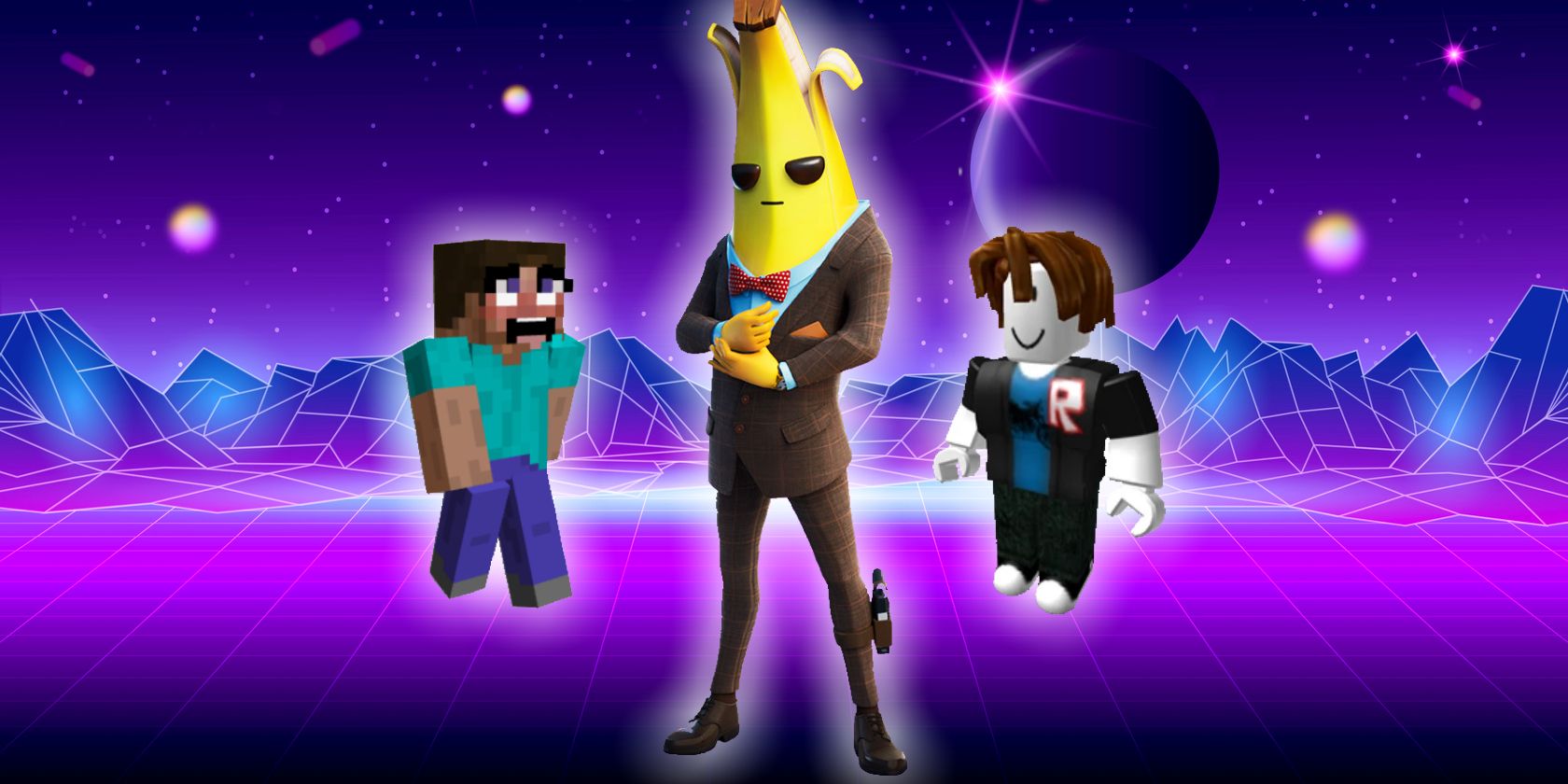These days it seems like every company on the internet is calling itself a metaverse company, and everyone is calling every online activity a metaverse experience, particularly in gaming. But, what does it take for something to be considered “metaverse?” Do games like Minecraft, Roblox, and Fortnite fit the bill?
There is considerable discussion over what the metaverse is at all or whether or not it exists yet. Some people envision the metaverse as interconnecting “layers of reality” over our physical world accessible via different degrees of virtual or augmented reality hardware. If that is your definition of the metaverse, it doesn’t exist. Or, at least, not yet.
Still, “metaverse experiences” do exist. These are persistent, shared, virtual spaces. The spaces are largely not linked to one another yet, but we can live, move, and have our being within them to some extent. So, in so far as something can be “a metaverse of itself,” to what degree are these three popular, social, online games kinds of metaverse?
For this article, let’s keep things relatively simple and look at a few main metaverse criteria:
- Identity Persistence: To what degree are you the same recognizable person within a virtual world? To what degree can you take items with you from one experience to the next?
- Location Persistence: To what degree does a virtual space exist when you’re not in it? Is it possible to deliberately visit and revisit the same virtual space?
- Social Capacity: What can you do once you’re in the virtual world? Is it just a game, or can you do other social activities? How many people can participate in the same social activity at the same time in the same virtual space?

Minecraft arguably checks the fewest number of metaverse boxes. Users can create their own custom character that they can wear across different servers. This provides significant identity continuity, which is an important metaverse criterion.
Suppose you have two friends, Al and Bob. You play Minecraft with them on Server 1. Al and Bob see your custom avatar and associate it with you. The next day, you play on Server 2 with Bob and another player Bob knows, but you don’t. Bob recognizes you because of your avatar and can introduce you to his friend even without your vocally identifying yourself.
Where Minecraft falls short is in the social aspect. You can play together in Minecraft, but it’s not as easy as it should be, and a relatively limited number of people can play in a world at the same time. Further, the entire goal of Minecraft is to collect and craft inventory items, but you can’t take these inventory items from one server to another.
If we suppose that the metaverse is more or less a virtual version of reality, Minecraft would be a very limited reality indeed.

Roblox, arguably, ticks the most metaverse boxes of the games on this list. Like Minecraft, users have considerable identity continuity through customizable avatars. But, unlike Minecraft, Roblox players can and do take inventory items with them from one game to the next. This is largely because Roblox doesn’t have the goal of creating items.
Instead, players buy items to customize their avatar as they move from one Roblox game to the next. Even more significant if we’re looking for metaverse criteria is that many of these items are made by other users is that users can and do make a living selling in-game assets to other users. This is the kind of tie-in to reality that most “metaverse” experiences lack.
Further, Roblox is hugely social. Lots of concurrent users can share the same virtual space. This allows social events from standard games to concerts and other events that could never take place on a platform like Minecraft. Because each “game” can have different rules and objectives, Roblox can be used as a venue for just about anything.

If we were to arrange these experiences from “most immersive” to “least immersive” with our metaverse checklist, Fortnite might land in the middle.
When it comes to identity persistence, Fortnite is more limiting in terms of avatar customization than either Roblox or Minecraft. Customizing your avatar at all requires the spending of real-world currency, and, unlike Roblox, there is no creator economy in Fortnite. Though, unlike in Minecraft, you can take certain items with you from one session to the next.
If you’ve only played Fortnite as a Battle Royale game, you might think that it fails the social and persistent world criteria too. Even putting a party together has less social potential than a Minecraft server, and entering a new world for every match definitely isn’t persistence.
However, Fortnite has played host to some pretty significant social events, including musical concerts with some pretty significant concurrent user numbers. Still, while these events might last for a while, the venues don’t remain a part of the experience that you can visit whenever you like.
All of these games incorporate “metaversal” elements. What all of them lack from the view of the metaverse as a connected network of online experiences is interoperability. All of these games allow some degree of identity persistence within the experience itself, but the true metaverse requires identity persistence across experiences, and none of these offer that.
No experience does. But we’re getting there. Ready Player Me makes cross-platform avatars so you can show up with persistent identity across hundreds of participating platforms. One of the promises of NFTs and blockchain is that they are already allowing us to take virtual assets and digital currencies with us across the landscape of the internet.
Interoperability has its limits. If you insist that there is no metaverse until you can mine diamonds in Minecraft to sell in Roblox to by a hammer that you can use in Fortnite, you’re missing the point. But, if you insist that Minecraft or Roblox or Fortnite is “its own metaverse,” you’re also missing the point.
Right now, there is no virtual layer over the world that we can use to connect to everyone everywhere to do everything. But, these and other platforms offer pieces of that vision.
About The Author

